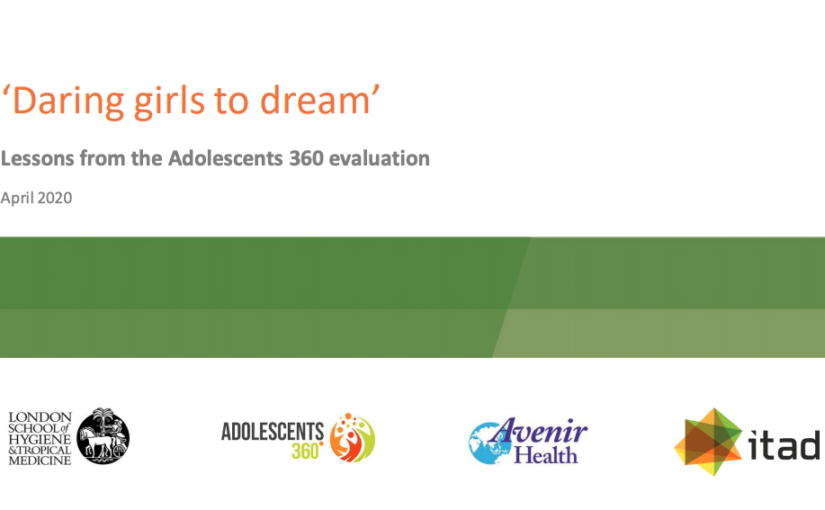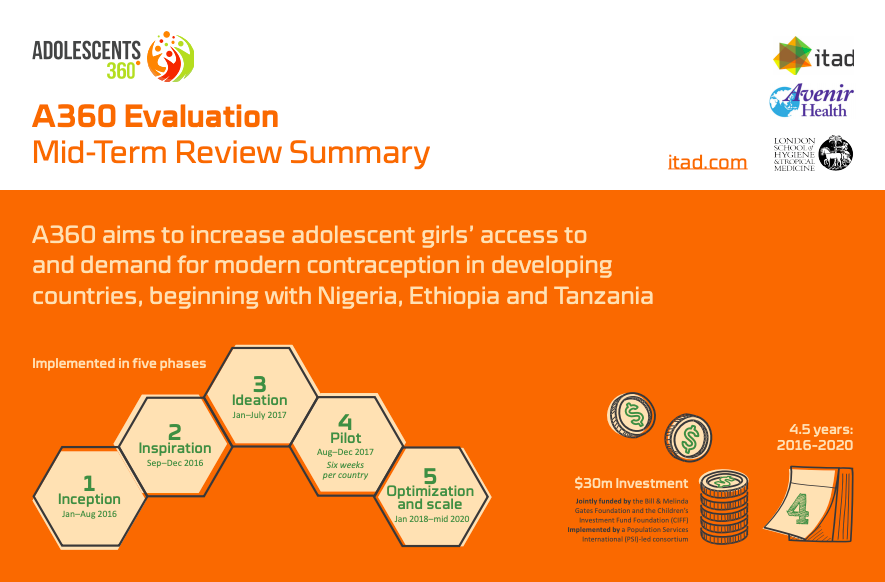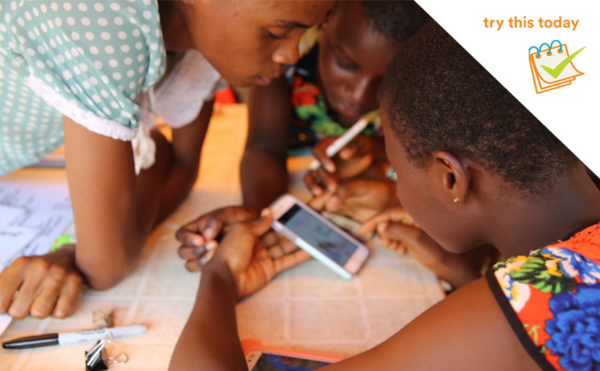What is it?
Led by A360’s external evaluator Itad, our process evaluation documents A360’s experience implementing its aspirational programming across the project’s four distinct geographies. Since A360’s Midterm Evaluation in 2018, Itad has conducted full rounds of process evaluation data collection and Participatory Action Research (PAR) to assess A360’s programming in Southern Nigeria and Ethiopia.
The webinar and corresponding slides present the methodology used to develop, and top-line findings outlined in the process evaluation and the PAR.
The PAR aimed to answer:
- How are girls experiencing their journey through A360?
- What factors support contraceptive continuation and discontinuation?
What did the PAR find?
- On aspirational programming: A360’s aspirational intervention components support girls to see the relevance, and influencers to support girls’ use of contraception – albeit with a caveat. Trust in A360 can diminish if the project does not maintain quality or diversity of the program’s aspirational elements.
- On engaging influencers: Despite having a primary mandate for service delivery, the PAR suggests that A360 can do more to engage girls’ key influencers, integral to building an enabling environment for girls’ contraceptive use. This engagement supports not just girls’ initial uptake of, but also their choice to continue a contraceptive method.
- On contraceptive continuation and discontinuation: Proactive follow up from service providers helped some girls to manage side effects and continue using contraception. Often, however, these efforts do not sufficiently overcome girls’ deep-rooted fears about changes to menstrual cycles, misconceptions about alternative methods, or opposition from spouses, family or communities. Service providers may need additional support to proactively respond to and manage girls’ concerns, and follow-up with girls after they leave the clinic.
How did we use it?
The process evaluation framed our considerations around whether and how to apply or adapt A360’s models.
Consider using it to:
- Donors and decision-makers: Consider investing in aspirational contraceptive programming models to better reach and resonate with adolescent girls.
- Implementers: Consider how to apply and adapt A360’s approaches to improve the relevance and effectiveness of similar youth contraceptive programs.
- All: Building on the PE findings, focus on how aspirational programming models can address enabling environments to support girls’ contraceptive continuation while still in need of protection from unintended pregnancy.






